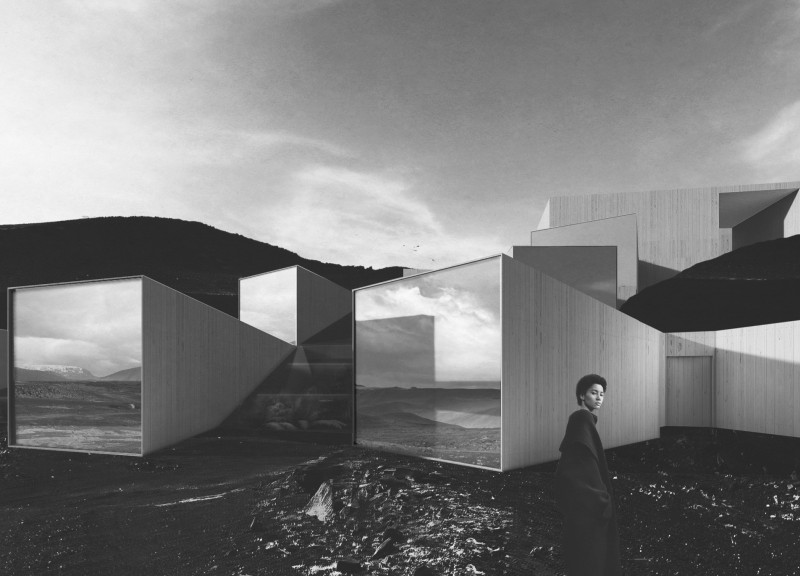5 key facts about this project
"The Secret Garden" is an architectural design inspired by Frances Hodgson Burnett's classic novel. The setting is a unique space that serves as both a restaurant and a multi-functional area, encouraging exploration and interaction with nature. The design concept contrasts a bold exterior with a welcoming interior, inviting visitors to experience a journey of discovery.
Architecture Concept
The central idea revolves around creating a hidden sanctuary. The exterior stands as a solid and imposing structure, generating curiosity about what lies inside. Upon entering, guests encounter an inviting atmosphere rich with greenery. This shift from a stark outside to a vibrant interior signifies a transition from the ordinary to the extraordinary. The layout emphasizes paths of exploration, guiding visitors through various levels and spaces.
Spatial Arrangement
The building features multiple levels arranged to promote a sense of journey. The third floor includes an entrance area, a reception space, and two hotel rooms, making the building versatile. A prominent staircase links the different levels, encouraging movement and exploration.
On the second floor, there are functional spaces such as a technical room, restrooms, and a multifunctional room, along with an administration area. A staircase included in a themed garden adds to the experience, inviting visitors to engage with both the practical aspects and the visual beauty of the design.
Material Selection
Materials are thoughtfully chosen to enhance both the appearance and functionality of the design. The project utilizes wooden panels, reinforced concrete, mineral wool, glass, volcanic tuff, geotextile, and waterproofing membrane. These elements ensure durability and contribute to an overall visual language that aligns with themes of nature and sustainability.
Design Detail
A key feature of the design is the central garden, which includes a waterway. This element creates a sensory connection between the indoor and outdoor spaces. It encourages visitors to appreciate the natural landscape while being in a controlled environment. The garden reinforces the theme of the project, acting as a hidden oasis waiting to be explored.






















































